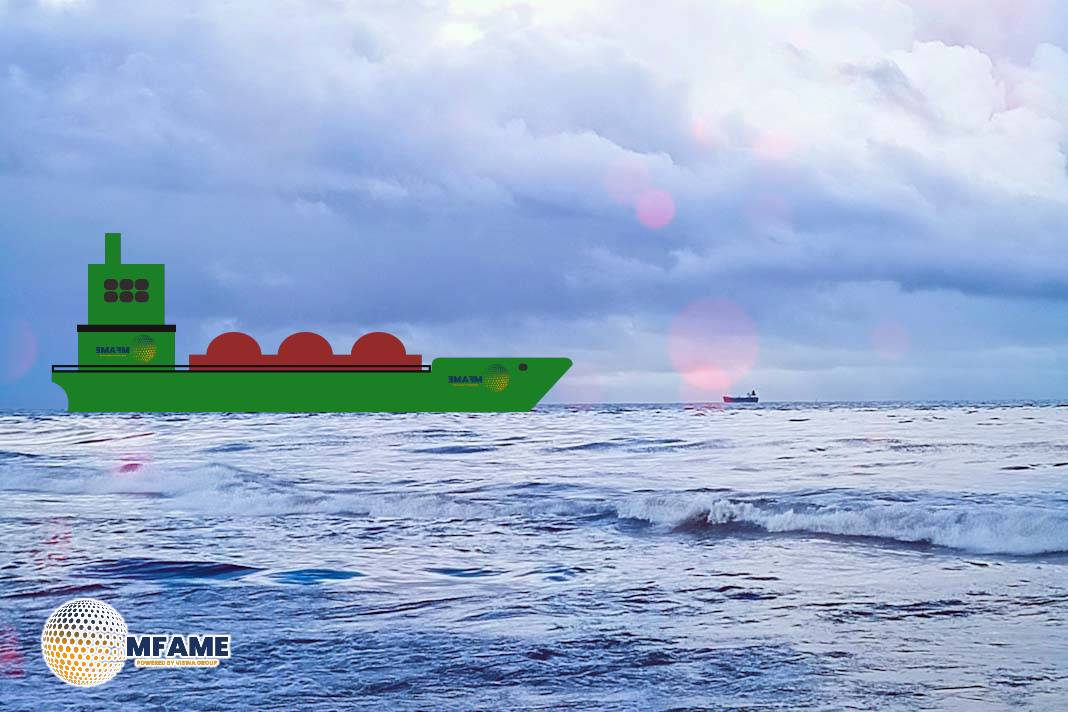- Kawasaki Kisen (K-Line) is actively reducing its container service frequency and fleet capacity on U.S. routes.
- CEO Takenori Igarashi confirmed that the company is prepared to divert ships to other regions—like Europe, the Middle East, Australia, and Africa—to mitigate tariff-related risks.
- The firm anticipates a ¥30 billion (approx. US $200 million) hit for the fiscal year ending March 2026. This stems from anticipated U.S. tariff hikes, coupled with falling container volumes, freight rates, and a downturn in its car‐carrier business.
Japanese shipping company Kawasaki Kisen (K-Line) is adjusting its US services and is prepared to divert more ships to other regions as it braces for potentially higher US tariffs, CEO Takenori Igarashi said on Wednesday.
“There have been times when ships couldn’t be fully loaded on some routes, and when we reduced the frequency of container services from East Asia to the US,” Igarashi said. “We’re adjusting our fleet capacity according to cargo volumes.”
K-Line to divert US services over Trump tariff fears
One of Japan’s major shipping companies, Kawasaki Kisen, has factored in a 30 billion yen (US$200 million) impact from US tariffs for the financial year through March 2026, citing a hit to the carrier business and lower container volumes and freight rates.
Igarashi, who took over his post in March, said that the container ship business would be especially affected by the outcome of US-China tariff negotiations, which the company was closely watching.
US President Donald Trump has threatened higher tariffs on a range of trading partners unless they agree trade deals before an August 1 deadline.
Depending on the tariff rates that various countries ultimately face and what they do to trade flows, there could be some positive impact if shipping distances lengthen, Igarashi said.
To adjust to tariff-related demand at the operational level, Kawasaki Kisen could redirect vessels from US routes to Europe, the Middle East, Australia and Africa, he said.
“When it comes to strategic adjustments, we may, for example, reduce assets in the form of vessels a bit, but unless we are clear about the direction of trade policies, we can’t suddenly make drastic cuts,” he said. “We’re still in the wait-and-see phase.”
Did you subscribe to our Daily newsletter?
It’s Free! Click here to Subscribe!
Source: SCMP
























